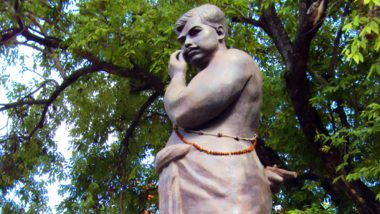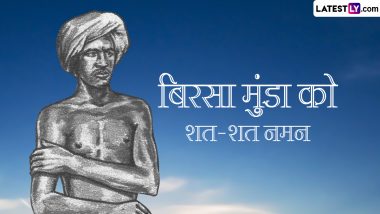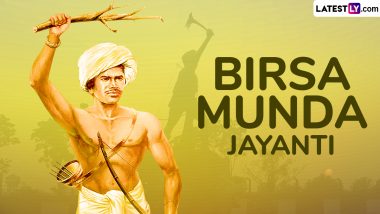Chandra Shekhar Azad, also referred to as Chandrasekhar, was born on this day - July 23 - in the year 1906. He was among the revolutionary freedom fighter who did not refrain from resorting to arms in their fight against the oppressive colonial rule. On his 114th birth anniversary, here are five interesting facts about Chandra Shekhar Azad.
At What Age Did Azad Joined The Freedom Struggle?
Born as Chandrashekhar Tiwari, he took up the name of Azad in his formative years. Since an early age, his anti-British sentiment was hardened by the brutal suppression of pro-freedom voices. His entry into the independence movement was triggered by the non-cooperation movement in 1921, when he was aged 15.
What Was Azad's Pseudonym?
Chandra Shekhar Azad had left a mark with his pen name, which he used for signing all orders issued by his organisation - the Hindustan Socialist Republican Army (HSRA). All orders and pamphlets issued by the HRSA were signed by him using the pseudonym of Balraj.
The Pledge That Azad Adhered to Till His Death
Azad, during his early days as a revolutionary, had pledged to himself that he would never handover his custody to a policeman. The pledge was adhered to by him till the end of his life. On February 27, 1931, when security personnel had surrounded him from all sides following an ambush at the Azad Park in Allahabad, he chose to shoot himself rather than surrendering.
The Revolutionary Acts For Which Azad Is Most Known For
Azad was involved in three major revolutionary acts that had shocked the colonial British regime. In 1925, he was involved in the Kakori Train Robbery, followed by an attempt to blow up the Viceroy of India's train in 1926, and the plot to assassinate JP Saunders in 1928. Saunders, a British police officer, was involved in the killing of nationalist leader Lala Lajpat Rai.
How Was He Linked to Shaheed-e-Azam Bhagat Singh?
Following the Kakori train robbery, Azad's key aides Ram Prasad Bismil, Ashfaqulla Khan, Thakur Roshan Singh and Rajendra Nath Lahiri were cracked down and sentenced to death. Azad then worked closely with Bhagat Singh to continue the operations of HRA and re-organise it as HRSA to achieve their ideological vision of a "socialist" India. To conclude, Azad and Singh were bonded by the love of their motherland, participation in revolutionary acts and their shared ideology of socialism.
(The above story first appeared on LatestLY on Jul 23, 2020 08:29 AM IST. For more news and updates on politics, world, sports, entertainment and lifestyle, log on to our website latestly.com).













 Quickly
Quickly




















